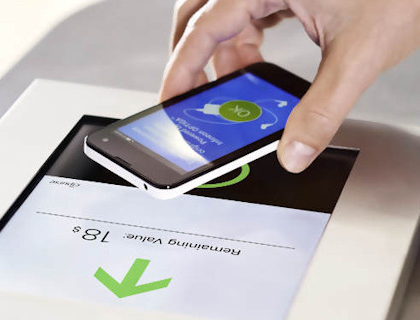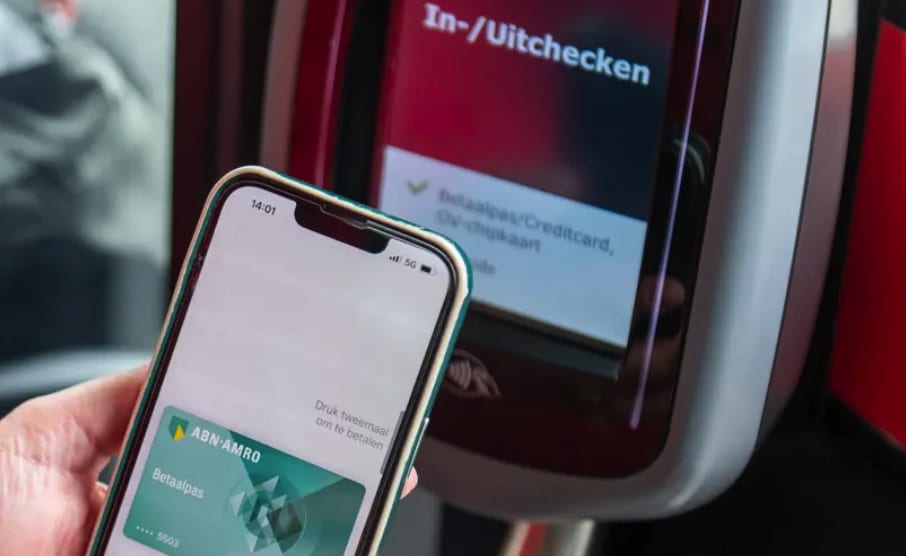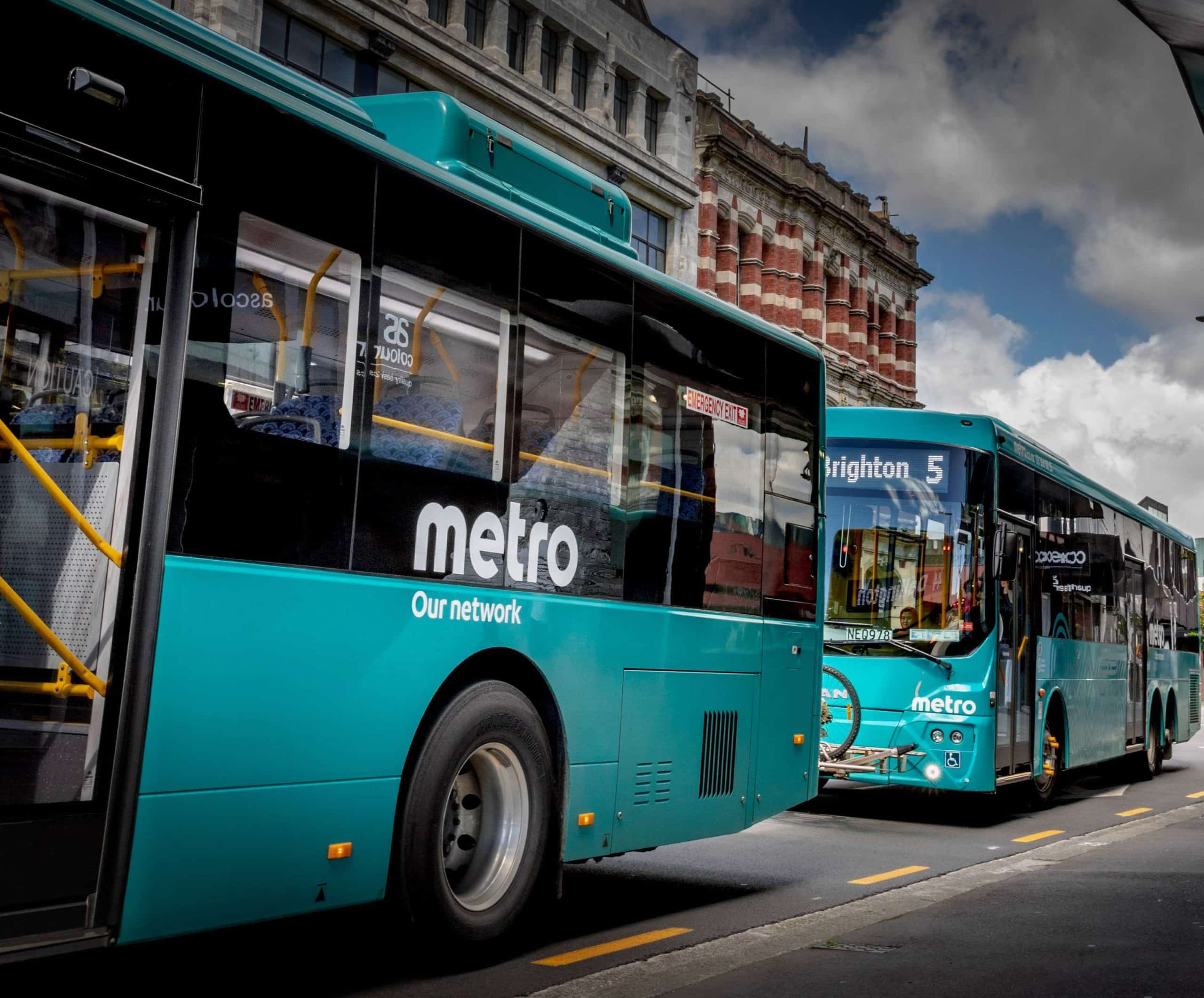
Article Highlights
While there has been high hopes among members of the OSPT Alliance for rollouts of the group’s Cipurse technology–which is an alternative to industry-leading Mifare–there have been few rollouts so far. Among plans by the Cipurse specifications group is final adoption of a specification supporting Cipurse mobile ticketing with host card emulation.
• OSPT Alliance
• NXP Semiconductors
• Rambus
• Planeta Informática
• Autoritat del Transport Metropolità
The mid-tier city of Vinnytsia in the Ukraine is rolling out its first transit smart cards for payment of fares on buses and trams this summer, replacing cash, which riders have used for years.

















